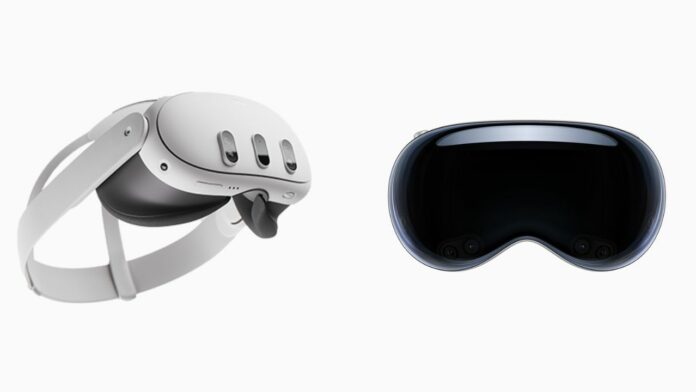Apple and Meta are two leading consumer-facing technology giants in the world, and they are both competing for the future of mixed reality (MR) – a technology that blends virtual and physical worlds. Apple recently launched its Vision Pro, a high-end MR headset that costs $3,499 (approx Rs 2,90,000) and promises to deliver immersive and realistic experiences. Meta, on the other hand, has been in the MR market for longer and released its Quest 3 earlier last year, a more affordable and versatile MR headset that costs $499 (approx Rs 41,000) and offers a wide range of VR and AR apps.
Which headset is better? Well, that depends on your preferences and budget. Meta’s CEO, Mark Zuckerberg, has already tried Vision Pro and expressed his opinion. In his view, the Quest 3 is not only a better value but also a superior product overall.
In a video posted on his Instagram account, Zuckerberg compared the two headsets and highlighted the advantages of the Quest 3 over the Vision Pro, such as its lighter weight, wider field of view, better hand tracking, and more.
We performed a comparison between two headsets – the Apple Vision Pro and the Meta Quest 3. Our analysis covered various aspects such as specs, price, developer connection, features, usability, looks, and software experience. Keep reading to learn more about our findings.
Look & Feel
Look and feel play an important role in MR headsets, considering they’ll be sitting on your face for the majority of the time, even when in public if you decide to wear them outside your home. Looks-wise, Apple Vision Pro beats the Quest 3, in our opinion, due to the glass front and a metal design, which makes it look more modern and premium.
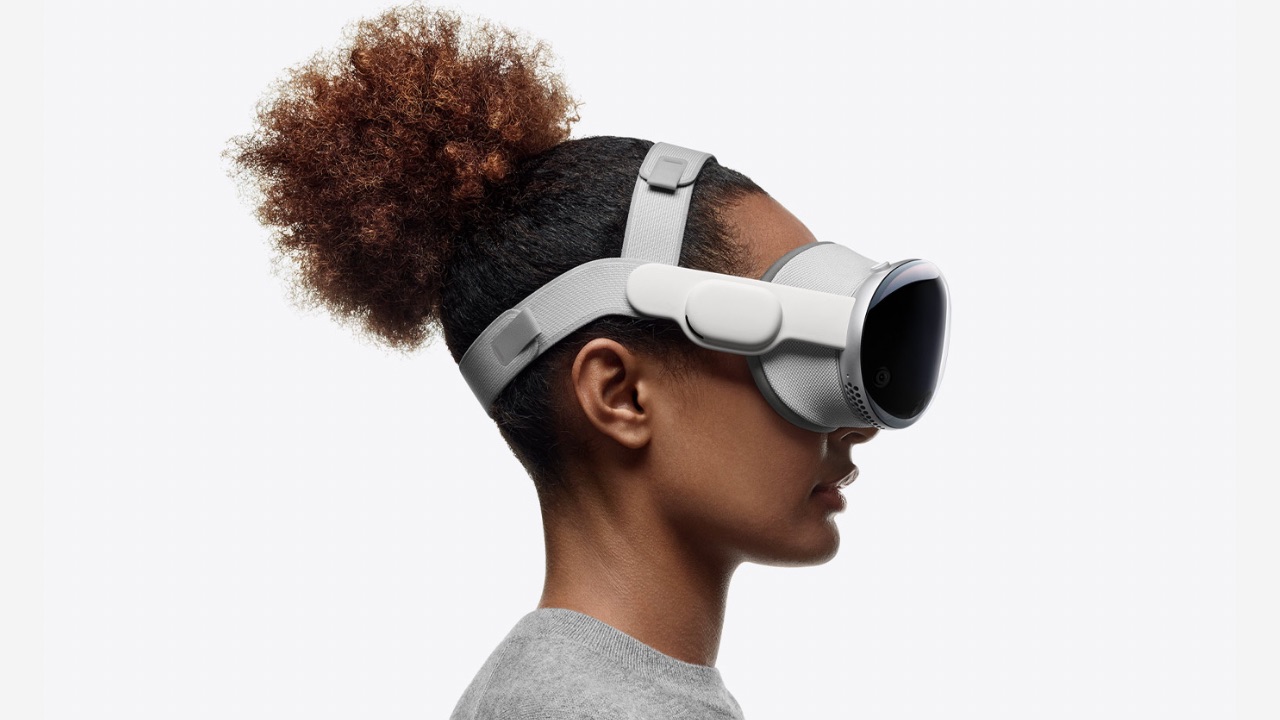
However, feel-wise, the Quest 3 wins because it weighs lighter at 513 grams compared to the 600-650 grams weight of the Vision Pro. That’s because of the plastic Meta used in the making of the Quest 3, which not only makes it lighter but less prone to damage and scratches. The Vision Pro may look more premium, but the weight distribution isn’t handled as well as we have seen in multiple reviews on X. Also, the metal and glass design makes it heavy as well as more fragile.

As for the controller, you get two of them for each hand with Quest 3, but your hands are your controllers with the Apple Vision Pro. That makes the Vision Pro feel more futuristic and keeps your hands free so you can do other tasks as well while wearing it. However, there can be times when the hand tracking may not work perfectly, such as in low lighting conditions, while the controllers in the Quest 3 do not depend on the ambient lighting.
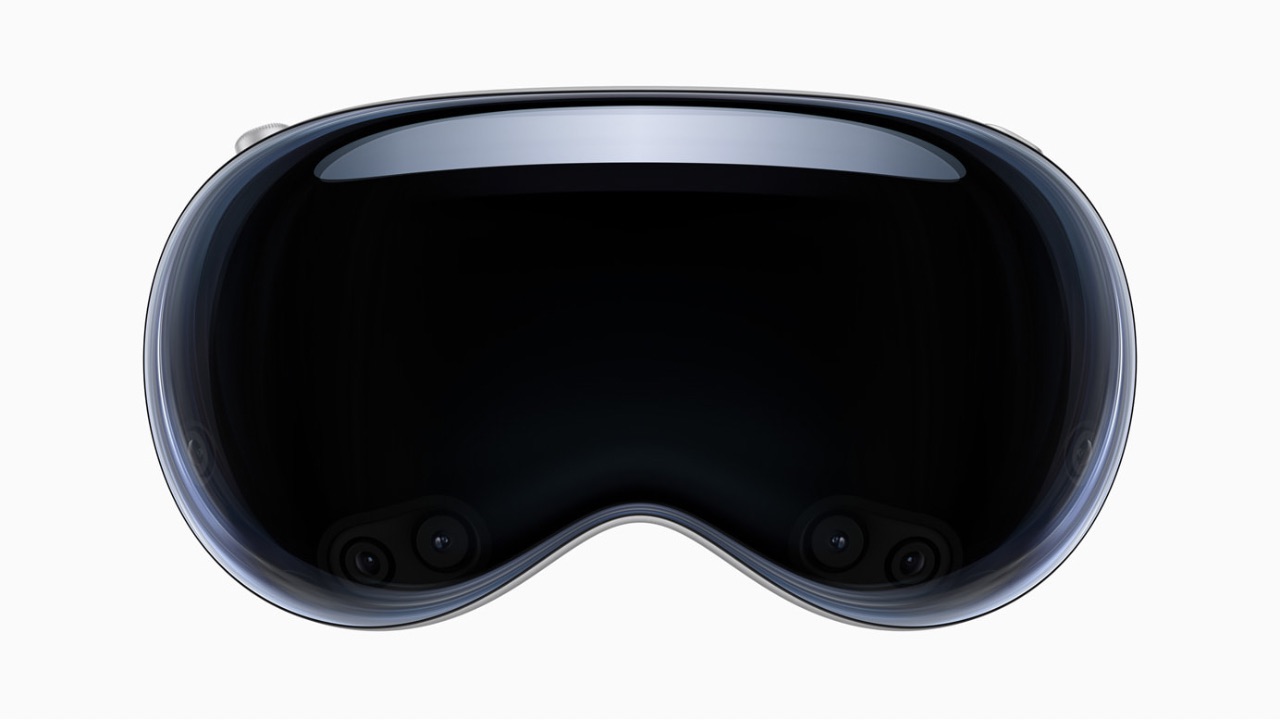
That is because the Vision Pro uses Sensors and cameras at the front to recognise your hand gestures, and low lighting conditions may hinder that process. Meta’s Touch Plus controllers have sensations enabled via TruTouch haptics. They also have better ergonomics, so your hands move more naturally whenever you use them.
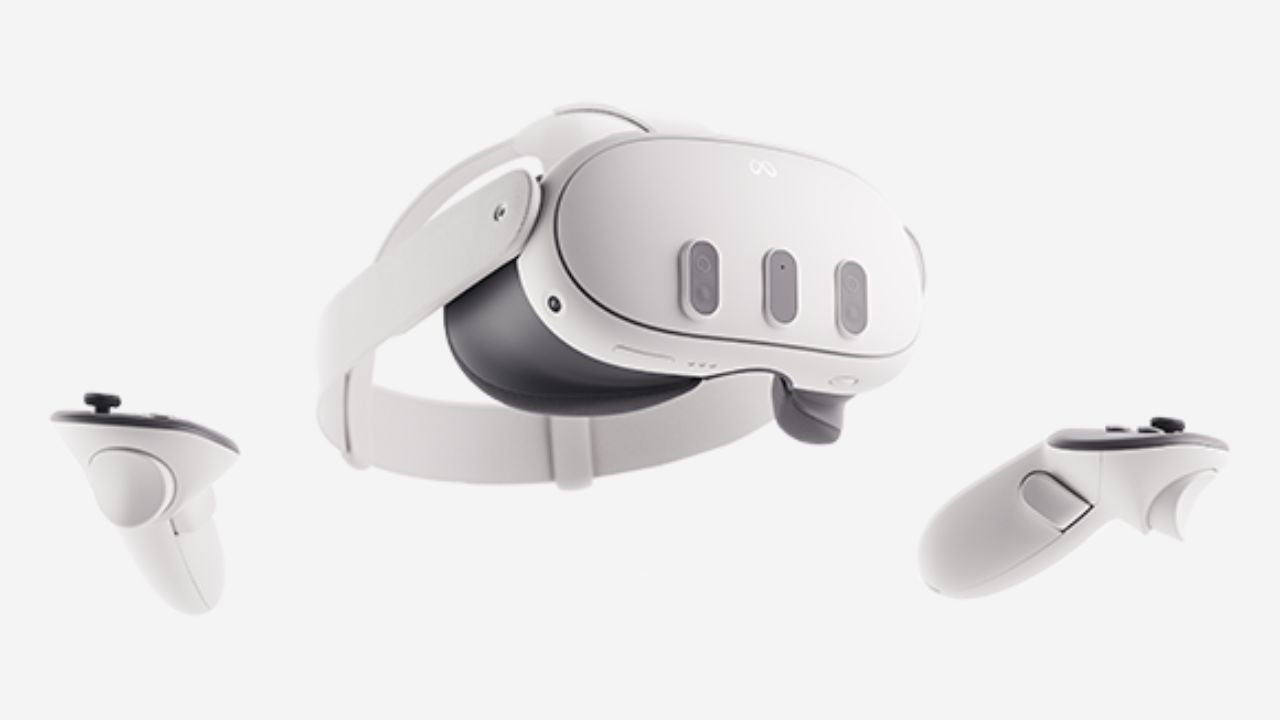
Moreover, there’s a battery you have to carry around hanging from the Vision Pro, which you’ll need to keep in a pocket, while Quest 3 has the battery inside the headset itself, which makes for a more convenient and better overall design choice.
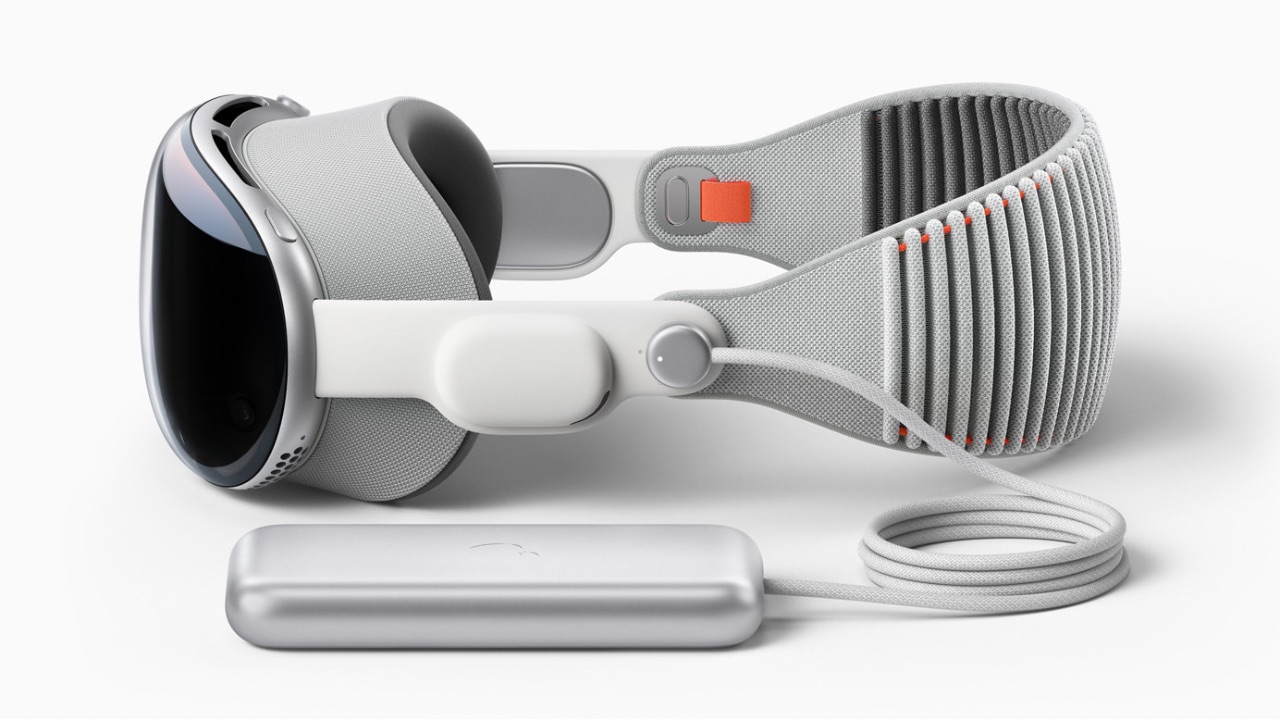
It’s worth noting that the Quest 3 offers accessories support, allowing you to choose from multiple first-party headbands and straps in different colours and styles. On the other hand, Apple only provides a single white coloured strap by default. Additionally, the Quest 3 offers a strap option that comes with a separate battery pack attached at the back of your head, providing up to 2 hours of extra playtime. In comparison, Apple also offers an external battery pack, but it has a wire, which can be inconvenient to carry around and is more expensive than the Quest 3’s strap.
Read More: Apple Vision Pro: Shocking Uses Found By Buyers
Specifications
Both the Quest 3 and Vision Pro sport the best specs they can offer. This includes a pair of M2 and R2 chips in the Vision Pro, while the Quest 3 sports the Snapdragon XR2 Gen2 chipset. They both are available in multiple storage options and use pancake lenses.
However, a major difference lies in the type of display being used. The Quest 3 gets a 2064 x 2208 LCD display running at 120Hz, while the Vision Pro gets a 2160 x 3840 resolution Micro OLED display running at 100Hz. Clearly, the Vision Pro display is superior, offering a crisper resolution and a better dynamic range with more vivid colours. The better display will account for an enhanced viewing experience with movies.
On the other hand, as multiple reviews suggest online, along with Zuckerberg’s own, the Quest 3 has a better field-of-view compared to Vision Pro due to which you don’t see the edges of the display, which may be a distraction when you are looking left or right.
Both of them offer speakers attached to either side of the headsets and sport a battery life of up to 2 hours. While the comparison between batteries and how smooth the OS is on either cannot be done unless the headsets are used side-by-side, we can say that the Quest 3 does come close to Vision Pro in some areas despite being priced seven times less than it.
Read More: Top 5 Entertainment Apps For Apple Vision Pro
Software & Developer Connect
Meta was one of the largest companies that entered the MR segment before Apple. As a result, it has pumped a lot of money into the space to encourage developers to make apps compatible with VR-AR headsets, due to which it has a better developer connection. The App Library is huge for Meta Quest 3 compared to Vision Pro’s.
Not only apps but VR games library, which is a vital part of the whole experience, is also much better on Quest 3. On Apple Vision Pro, you do get access to games, but the optimisation remains far better on Meta Quest 3. Not only that, but it also has support for SteamVR along with Xbox Cloud Gaming, which opens up access to 500+ games, a number Vision Pro can nowhere come near to, at least as of now as it stands at nearly half of it. The shared experiences that Quest 3 can handle in the best possible manner aren’t really available on Vision Pro.
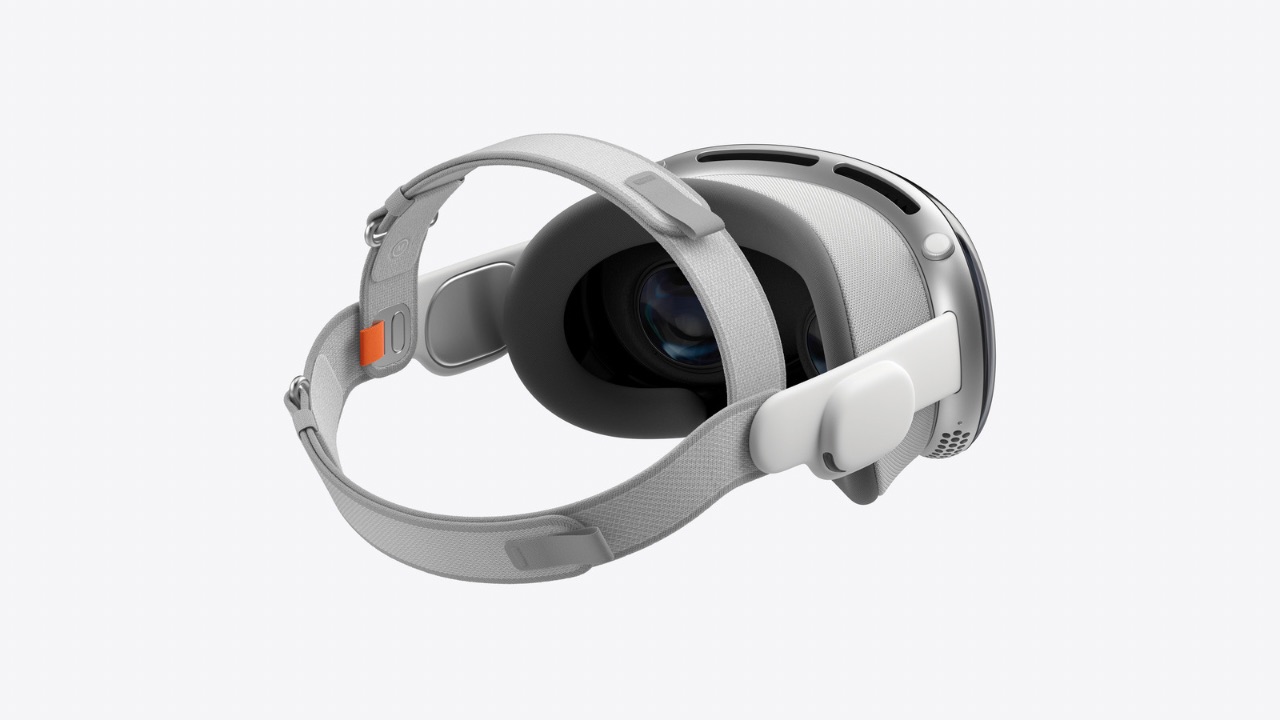
The whole software experience needs to be checked in the real world, but we know that the Vision Pro plays well with other Apple Products than Quest 3 due to obvious reasons. Features on both of them are unique and ample in quantity. Some of them work better on Vision Pro, and some work nicer on Quest 3. For instance, the Apple Vision Pro has a Persona feature that can allow for a real-world-like experience during FaceTime calls.

On Quest 3, there’s a feature called augments. It puts up interactive, spatially aware digital objects that come to life all around you. Imagine hanging your favourite piece of art on an accent wall or a weather augment on your desk that alerts you before the rain starts—and every time you put on your headset, these digital objects appear in the same places.
Overall, both of them have their own unique set of features and software tweaks, but we do have to appreciate that Quest 3 handles a good number of tasks Vision Pro can, and even does some tasks in a superior manner, such as gaming.
Price
To sum up, priced seven times less than Vision Pro, the Meta Quest 3 at $499 serves as one of the best entry points into the world of VR and AR to show the possibilities the future holds. Not only that, but it does some tasks much better than the $3500 Apple Vision Pro. The Apple Vision Pro, being the much more costly offering, has it’s benefits such as a more premium feel, a better viewing experience, tight integration with other Apple services and products (if you are into the Apple Ecosystem) and more. But in a market where the Meta Quest 3 exists, it becomes a little difficult to justify the pricing of the Apple Vision Pro.


